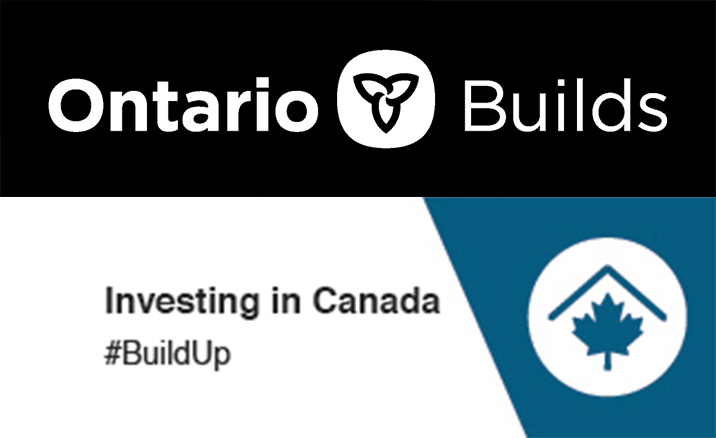On January 2, 2015, a new educational definition of learning disabilities came into effect as outlined in Policy/Program Memorandum No. 8 (PPM 8).
Identification of and Program Planning for Students with Learning Disabilities: Policy/Program Memorandum No. 8 (PPM8)
PPM8 describes the requirements that all Ontario school boards will use to identify and provide educational programming for students with learning disabilities. PPM8 includes the ministry’s definition of a learning disability. View the definition as well as identification and program planning information.
It is the expectation of the Ministry of Education that the definition outlined in PPM8 will be used by the Identification, Placement, and Review Committee (IPRC) when formally identifying students with learning disabilities. Use the IPRC link to view information about our board’s IPRC process. Importantly, PPM8 also provides program planning information for any student who demonstrates learning difficulties, and who would benefit from the special education supports appropriate for students with learning disabilities.
Identification of Students with Learning Disabilities
The Waterloo Region District School Board’s current identification and program planning practices for students with learning disabilities is consistent with the new PPM8. WRDSB students do not need to be formally identified as exceptional in order to receive special education services. Our students are eligible for special education services when they need a significant adaptation of their educational program in order to access the curriculum. This may include accommodations, and/or modifications of the curriculum, as well as other remedial interventions (i.e., Empower). Formal identification through the IPRC process is used when students require intensive special education interventions such as individual computer technology or placement in a congregated class setting.
The WRDSB requires that students have a diagnosis of a learning disability in order to be identified as exceptional. In addition to having a diagnosis of a learning disability, the student’s learning profile must meet the criteria outlined in the ministry’s definition of a learning disability. See Frequently Asked Questions about the Identification of Students with Learning Disabilities for more information about identification. This document will also provide more information about the difference between identification and diagnosis of a learning disability.
Program Planning and Instructional Interventions for Students with Learning Disabilities
The WRDSB uses a Tiered Approach to program for all students, including those students with learning disabilities. A Tiered Approach provides a continuum of supports and interventions to students based on the intensity of a student’s learning needs. See the attached Tiered Supports for Students with Learning Disabilities for more information.
Students with learning disabilities are provided differentiated instruction in the classroom so that they can access the Ontario curriculum. This can include adaptations to the way a student learns or demonstrates what he/she knows. Strategies based on Universal Design for Learning (UDL) enable teachers to use classwide strategies necessary for students with learning disabilities, but which are beneficial for all students. Information from classroom-based and/or formal assessment is considered when individualizing an instructional approach best suited to the learning needs of students with learning disabilities.
Websites on Learning Disabilities
For students, parents/guardians, and educators: Learning Disability Association of Ontario
For educators: LD@School
Parent/Guardian Resources
- Awesome Summer Activities from the WRDSB
- Reading and Writing with your Child
- Doing Math with your Child
Categories: Learning Tags: definition · IPRC · learning disabilities

